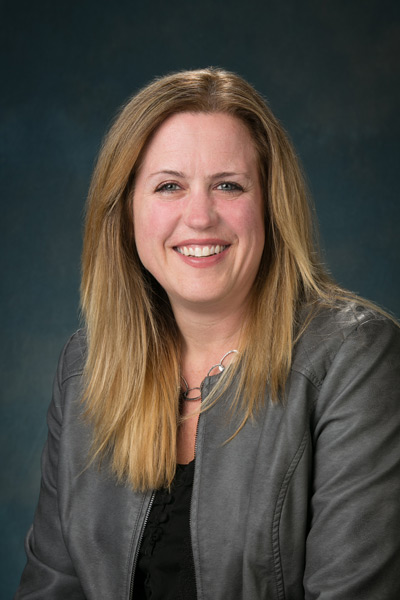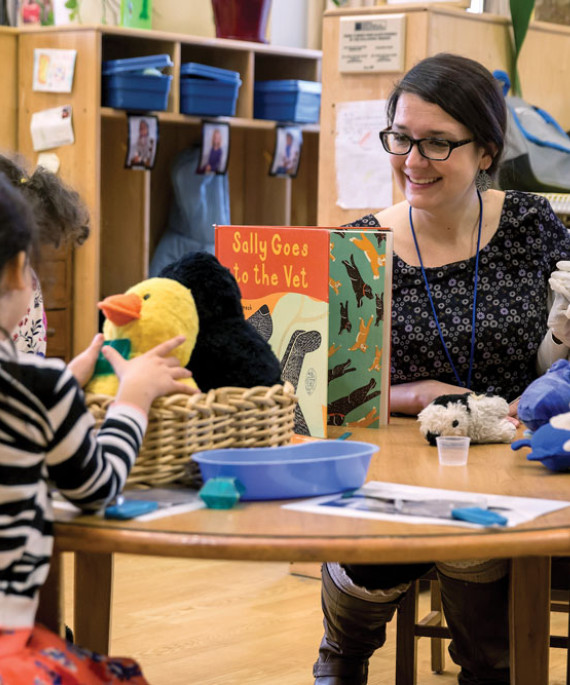
When preschool teachers read books in their classrooms, the questions they ask play a key role in how much children learn, research has shown.
But a new study that involved observing teachers during class story times found that they asked few questions – and those that they did ask were usually too simple.
Only 24 percent of what teachers said outside of reading the text were questions, the results found. And the kids answered those questions correctly 85 percent of the time.
“When kids get 85 percent of the questions right, that means the questions the teacher is asking are too easy,” said Laura Justice, co-author of the study and professor of educational psychology at The Ohio State University.
“We don’t want to ask all difficult questions. But we should be coaxing children along cognitively and linguistically by occasionally offering challenging questions.”
While this study was done with teachers, the same lessons apply for parents. Previous research suggests that most parents don’t ask any questions at all when they’re reading with their children, according to Justice.
The study appears online in the journal Early Childhood Research Quarterly and will be published in a future print edition.

Participants in the study were 96 prekindergarten and kindergarten teachers at schools in the Midwest and South and their students, said Justice, who is executive director of The Crane Center for Early Childhood Research and Policy at Ohio State.
The teachers were videotaped in one class while reading the 25-page book Kingdom of Friends to their students. The book is about two friends who argue at playtime but learn how to resolve their problems.
Researchers transcribed all talk during the reading session, including both teachers and children.
The researchers recorded 5,207 questions asked by teachers and 3,469 child responses.
About 52 percent of the questions asked by teachers were yes-no type questions, such as “Does he look happy?” As expected, most of them resulted in one-word answers from children.
The other 48 percent of questions included “what” and “why” questions like “What did he do?” and “Why do you say ‘friends’?”
This also included what the researchers called “how-procedural” questions, like “How did they become friends again?”
“When the teachers asked these more sophisticated how-procedural questions, the children would give more elaborate and complex answers,” Justice said. “Those are the kind of questions we need more of.”
Asking these more sophisticated and difficult questions means that children are more likely to give wrong or inappropriate answers, she said. But that’s OK.
“There should be teachable moments where teachers can help their students learn something new. You have a conversation that is conceptually challenging for the child, because that is going to push their development forward,” Justice said.
Some experts recommend that 60 to 70 percent of shared reading conversations should be easy, but 30 to 40 percent should challenge children to learn new concepts.
The fact that 85 percent of children’s responses in this study were correct suggests that they are not being challenged enough, Justice said.
Story time should include lots of questions, including ones that allow children to stretch their language and thinking abilities, she said.
For example, when parents or teachers are reading a new book they could ask the child, “How do you think this book will end?”
“You can see how a question like that is going to evoke a complex response,” Justice said.
“With some practice and reflection, we can change how we talk with children during shared reading and help them develop stronger language and reading skills.”
Co-authors on the study were Richa Deshmukh and Tricia Zucker of the Children’s Learning Institute at the University of Texas Health Science Center at Houston; Sherine Tambyraja of Ohio State; Jill Pentimonti of the American Institutes for Research; and Ryan Bowles of Michigan State University.
The study was supported by grants from the Institute of Education Sciences in the U.S. Department of Education.




